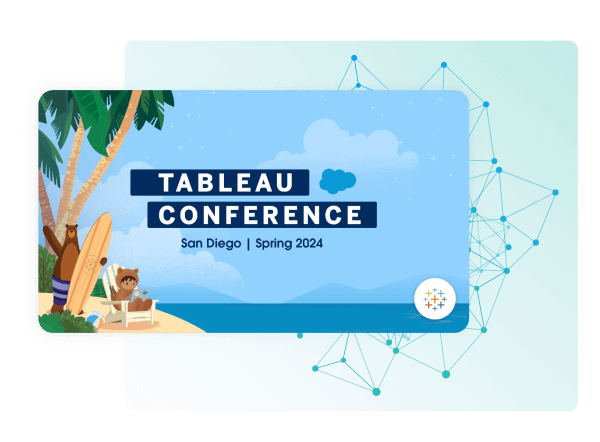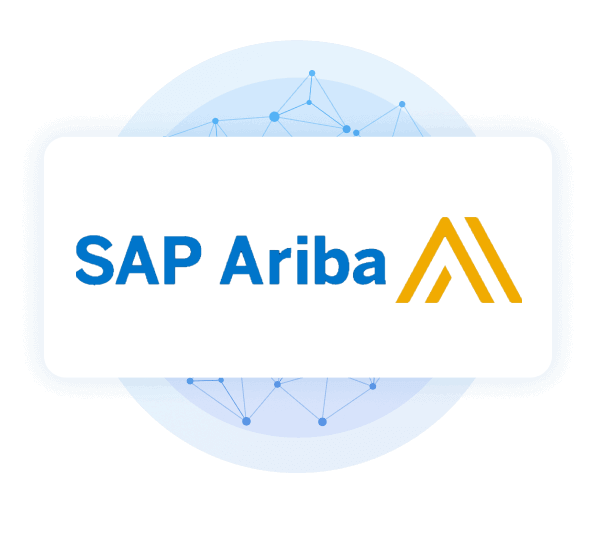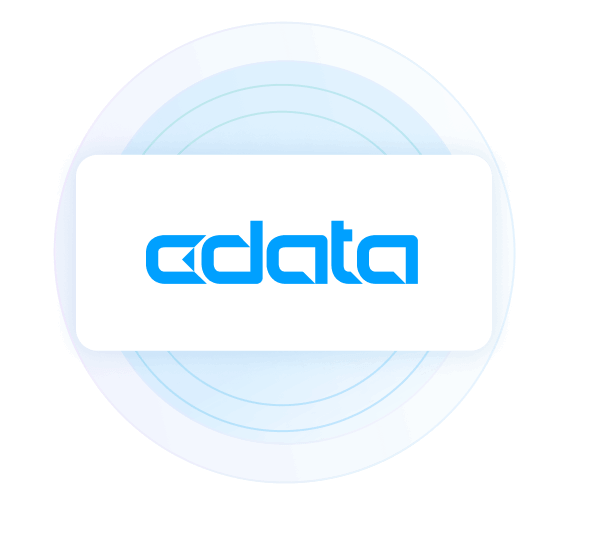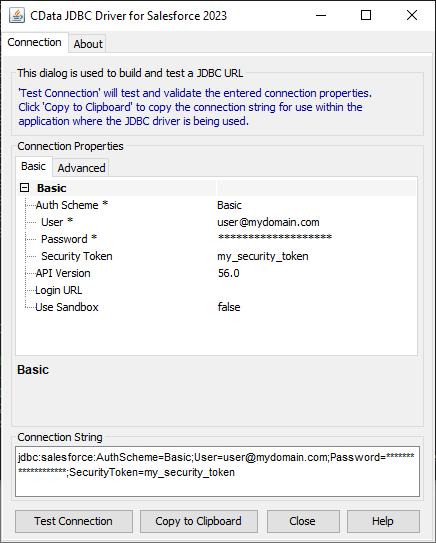Discover how a bimodal integration strategy can address the major data management challenges facing your organization today.
Get the Report →Feed Confluence Data into FineReport
How to set Confluence data as a JDBC data source in FineReport.
The CData JDBC Driver for Confluence fully implements the JDBC standard and can provide Confluence data connectivity to a wide variety of BI, reporting, and ETL tools and custom applications. In this article, we explain how to set Confluence data as JDBC data source in FineReport and view Confluence data as a table in the Report Designer.
Set Up a JDBC Data Source of Confluence Data
Follow the instruction below to set Confluence data as a FineReport database connection.
- Copy the cdata.jdbc.confluence.jar file from the lib folder in the CData JDBC Driver for Confluence installation directory to the lib folder of the FineReport installation directory. You will need to copy the cdata.jdbc.confluence.lic file as well.
- From the Server tab, select Define Data Connection, click to add a new connection, and click JDBC.
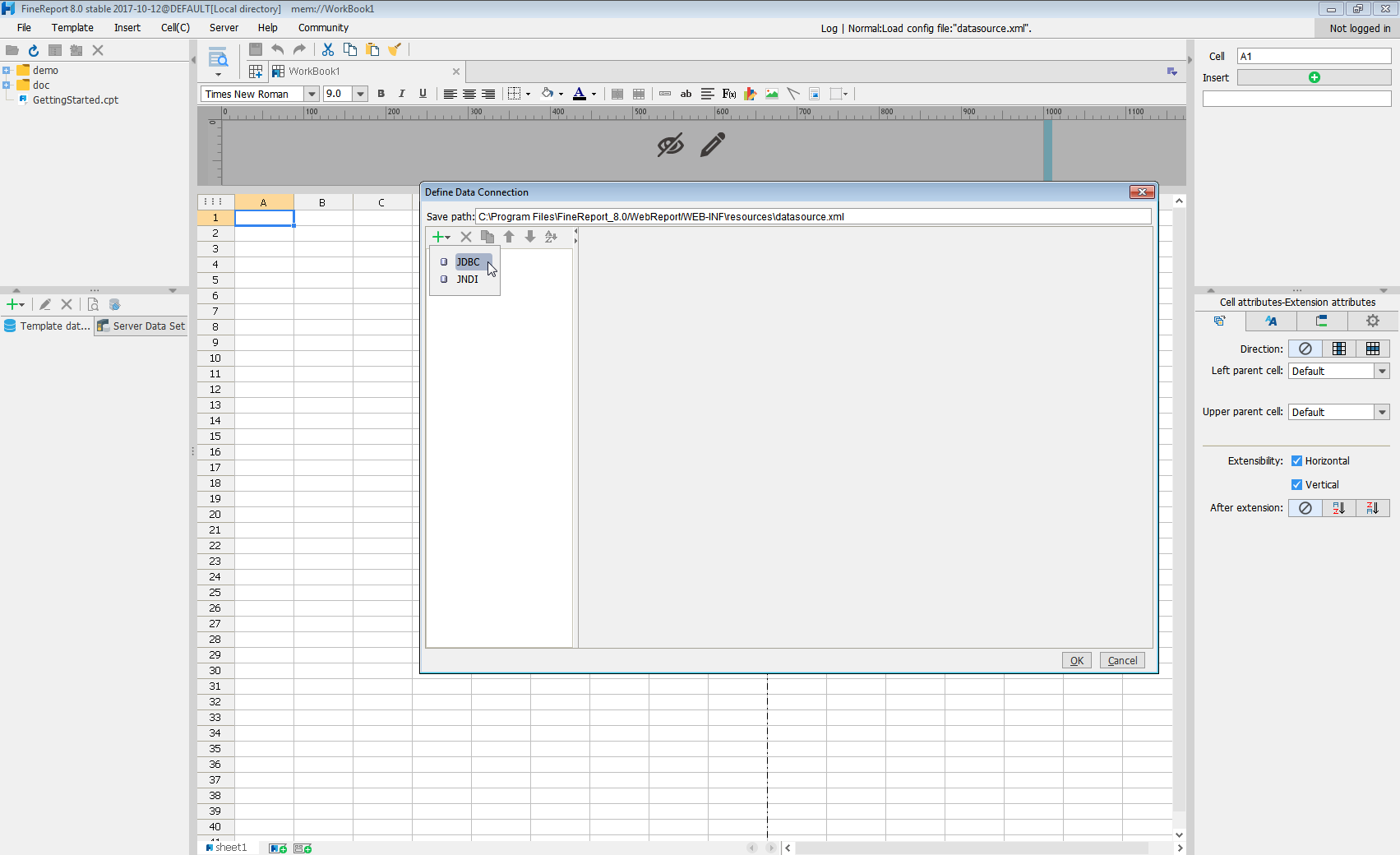
Next we will set up the data connection definition in the window.
- Database: Others
- JDBC Driver: cdata.jdbc.confluence.ConfluenceDriver
-
URL: A standard JDBC connection string using semicolon-separated connection properties.
Obtaining an API Token
An API token is necessary for account authentication. To generate one, login to your Atlassian account and navigate to API tokens > Create API token. The generated token will be displayed.
Connect Using a Confluence Cloud Account
To connect to a Cloud account, provide the following (Note: Password has been deprecated for connecting to a Cloud Account and is now used only to connect to a Server Instance.):
- User: The user which will be used to authenticate with the Confluence server.
- APIToken: The API Token associated with the currently authenticated user.
- Url: The URL associated with your JIRA endpoint. For example, https://yoursitename.atlassian.net.
Connect Using a Confluence Server Instance
To connect to a Server instance, provide the following:
- User: The user which will be used to authenticate with the Confluence instance.
- Password: The password which will be used to authenticate with the Confluence server.
- Url: The URL associated with your JIRA endpoint. For example, https://yoursitename.atlassian.net.
Built-in Connection String Designer
For assistance in constructing the JDBC URL, use the connection string designer built into the Confluence JDBC Driver. Either double-click the JAR file or execute the jar file from the command-line.
java -jar cdata.jdbc.confluence.jarFill in the connection properties and copy the connection string to the clipboard.
![Using the built-in connection string designer to generate a JDBC URL (Salesforce is shown.)]()
When you configure the JDBC URL, you may also want to set the Max Rows connection property. This will limit the number of rows returned, which is especially helpful for improving performance when designing reports and visualizations.
A typical JDBC URL is below:
jdbc:confluence:User=admin;APIToken=myApiToken;Url=https://yoursitename.atlassian.net;Timezone=America/New_York; - Click Connection pool attributes and set Test before getting connections to No.
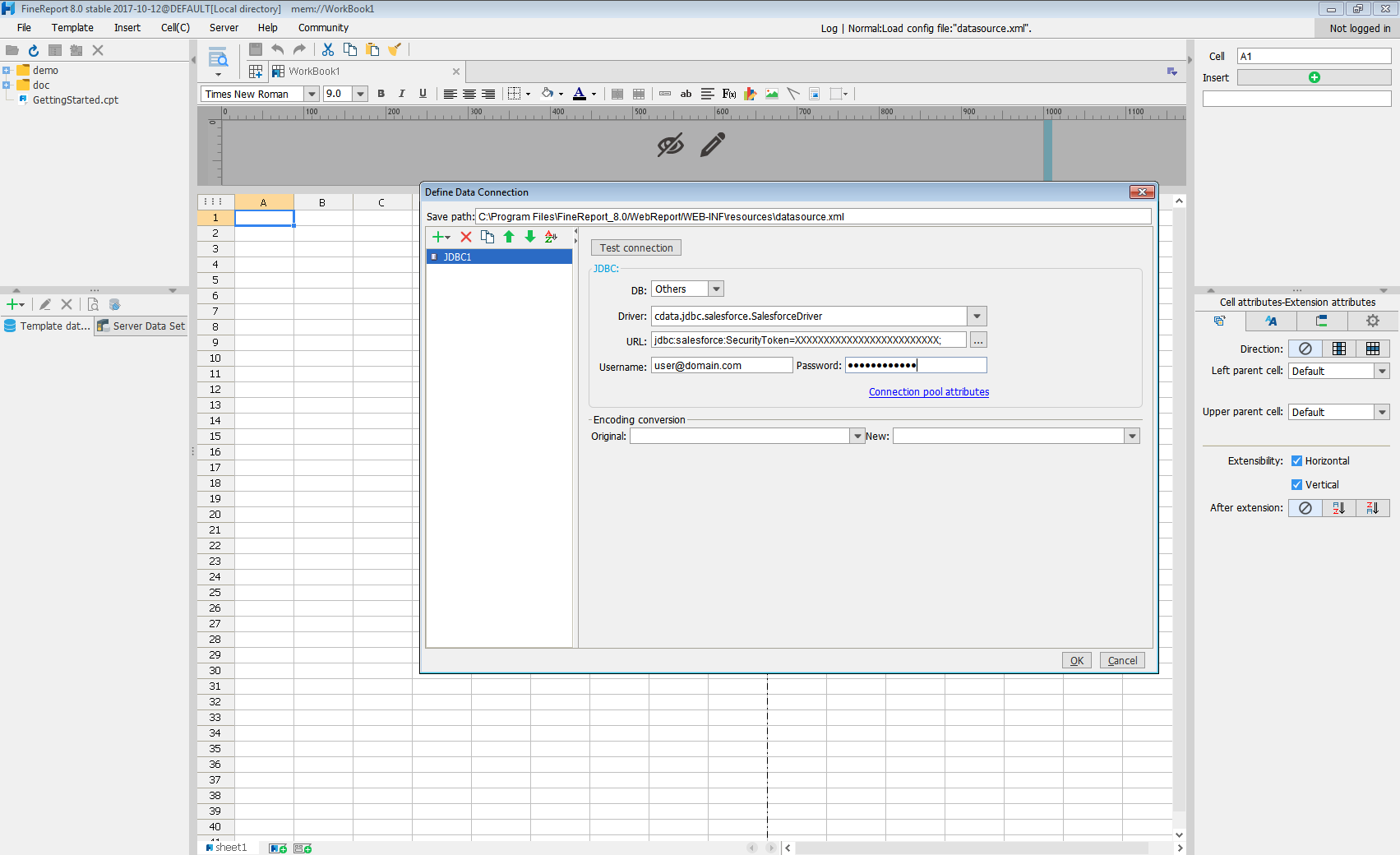

Click Test connection to ensure you have configured the connection properly. With the connection to Confluence set up, you can use it as FineReport data source.
Select Confluence Data in the Report Designer.
- Click to add a new template data set and select DB query to open the database query window.
- Choose the JDBC connection that you created from the dropdown list.
- The Confluence entities will appear as tables on the left pane.
- Write a SELECT statement for the Confluence data tables and columns that you want to load.
- Click preview and data is shown as table.
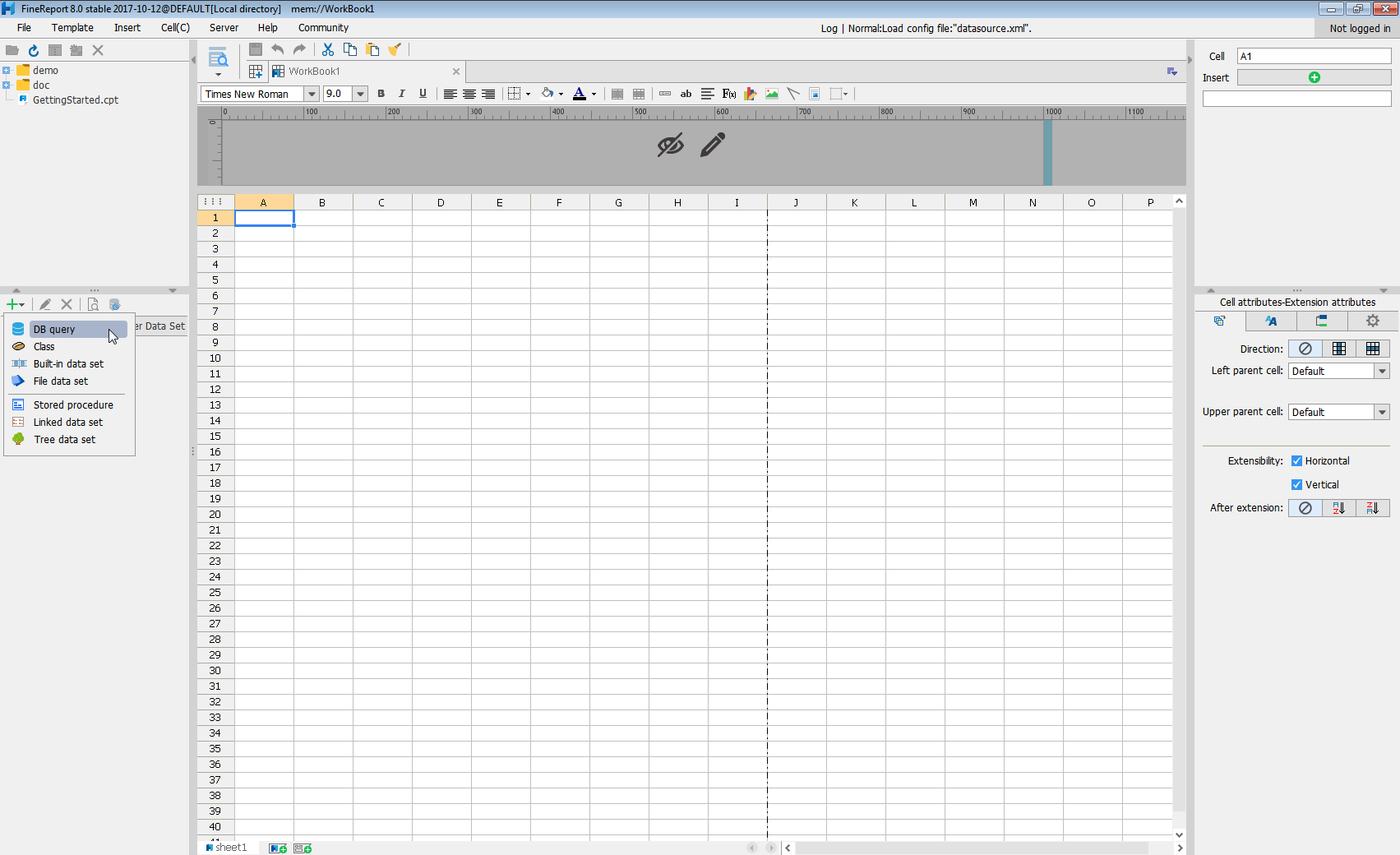
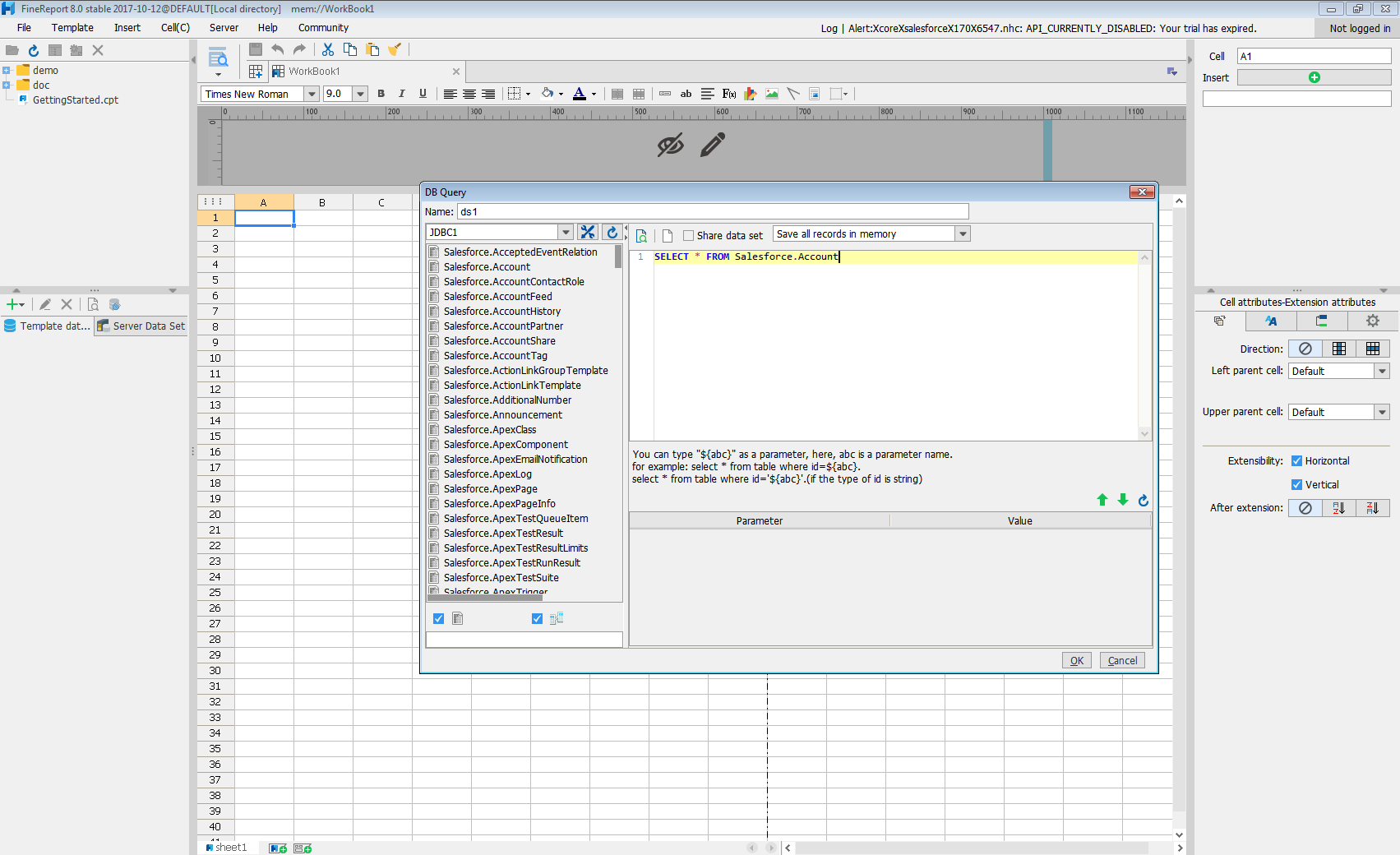
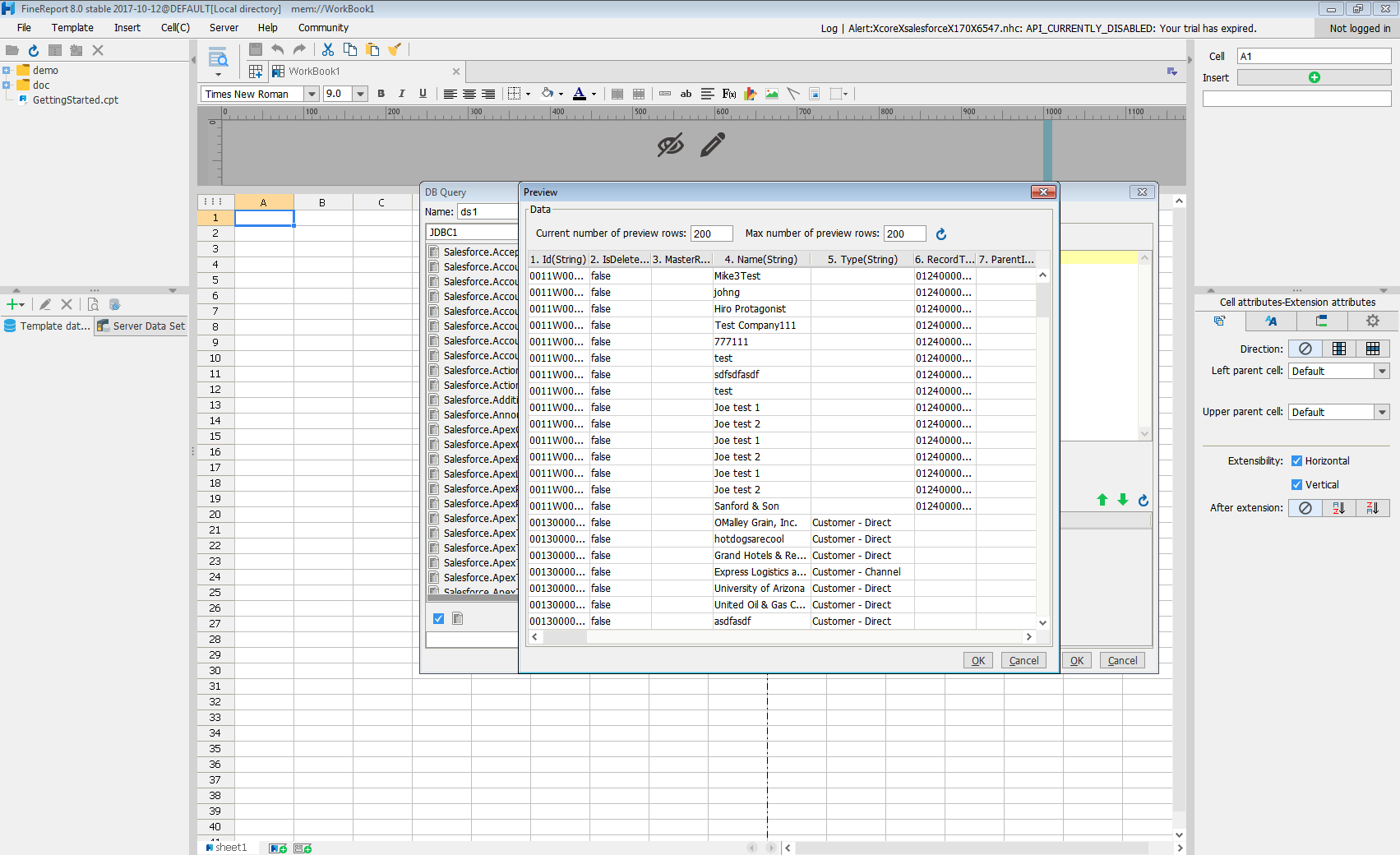
With these simple steps, Confluence can be used as a JDBC data source in FineReport.

